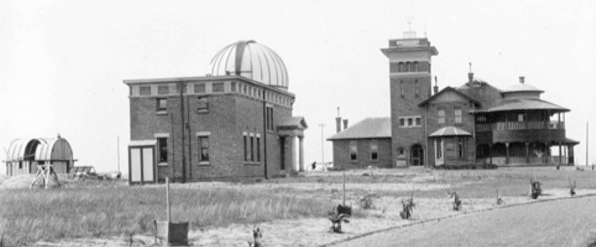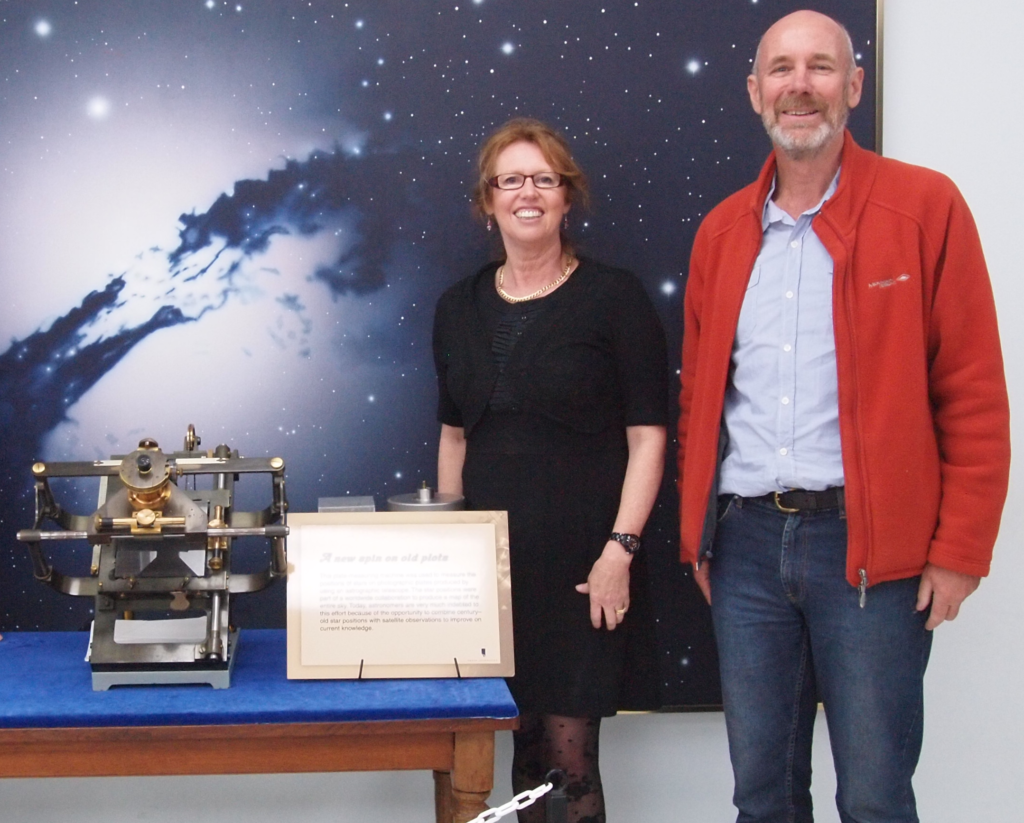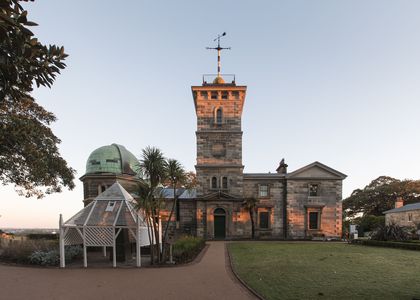International Women’s Day this year occurs on Sunday March 8, 2020. This post marks the event.
In 1907, at the age of 16, Prudence Valentine Williams (1891-1968) was one of the first women employed in astronomy in Australia. She was also one of many women employed in observatories around the globe to measure and compute the positions of stars for the Astrographic Catalogue, also called the Great Star Catalogue. This was one of the world’s first truly global scientific enterprises and Sydney, Melbourne, Perth and Adelaide Observatories were involved. These women have been called ‘human computers’ but they were influential in many ways.
Although over a century old Prudence William’s story still has relevance for contemporary society as we celebrate International Women’s Day, 2020.

Prudence Valentine Williams, nicknamed ‘Billie’, was a keen school student and she received a gold medal prize for her achievements in arithmetic, algebra and geometry (1). She was selected on her exam results and employed straight from school on a junior clerk’s wage as an Astrographic Assistant at Perth Observatory in 1907 (2). Three other young women were employed soon after creating an Astrographic Bureau, modelled on the one at Paris Observatory where women also measured, calculated and catalogued stars for the Astrographic Catalogue. This was an era when women had only recently been granted the right to vote in federal elections, very few had opportunities to enter University and many young women wanted to work for some independence.
The women worked together in the main observatory building, which was also the Government Astronomer’s House, and not in one of the buildings which housed the telescopes and where the male astronomers worked at night. They were examining stars, which appeared like tiny dots on the glass plate photographic negatives, using an instrument called a micrometer (see Figure 3). One woman looked through the eyepiece and adjusted rules and read out the X-Y positions, whilst the other noted down the readings. They also determined the brightness of stars by comparison to a standard scale, computed their locations, checked errors and produced the catalogue materials for the printer.

The women compared the star locations they had computed to locations in other star catalogues. This was part of their every day work which also required knowledge of how to interpret astronomical data. The women identified unusual phenomenon, such as double stars. They indicated these by brackets on their neatly handwritten log pages. A paper published by the Assistant Astronomer included newly discovered double stars which had been identified by the women in the Astrographic Bureau. He did not acknowledge their work (3).
Williams’s work ethic and diligence was extraordinary, but even more remarkable are the letters I have found where she championed the rights of the women to the Director of the Observatory. In 1913 the women claimed they were doing equivalent work to the men, even though their training was minimal, and they were not paid enough. Williams wrote on behalf of the others that “… we are quite sure that no other girls in the service engaged upon such responsible and exacting work, are so poorly paid …” (4).
Her persuasive report to the Government Astronomer, Harold Curlewis, gained a stepped increase in wages for the women, which effectively meant their wages doubled within a few years. She also successfully argued for the level of her responsibility to be acknowledged as ‘Librarian and Astrographic Supervisor’(5). Her letters demanded that the women become permanent public servants, a promise which was not fulfilled, even though Curlewis was supportive and wrote to the Under Secretary of the Colonial Secretaries Department emphasising that the nature of the work was not clerical, but that they were ‘professional officers’ or, in other words, doing equivalent work to astronomers: “… their duties are of a purely technical nature and quite dissimilar to ordinary clerical work. They might very well be treated from the standpoint of professional officers” (6).
Curlewis supported the women based on Williams’s detailed explanation of the extent of work they did which was essential to the project. She stated that the four women had twice measured, calculated and prepared for publication 21,221 stars within a six month period. Although Curlewis supported the women’s cause in principal it appears that little action, apart from the wage rises, was taken.
Williams also substantiated a case of bullying and workplace harassment, from a male astronomer who had also complained about the women talking: “He spies on all their movements. On one occasion I caught him looking through a crack in the door”. She stated he had asked inappropriate questions about where they had been the night before and whether they drank alcohol, that he had a ‘vivid imagination’, and was a ‘bully’, a ‘cad’ and a ‘sneak’.
Williams was exceptional in that she took on a leadership role, in charge of the Bureau, and she stayed on for over 10 years until 1918. Most women left after a few years because it was not possible to be employed by the Government once you were married. They worked under strict and regimented control and the knowledge that their employment was temporary was disempowering and only in exceptional circumstances, when they had ‘collective’ power and a leader, such as Williams, willing to risk their own employment, could they protest their situation.
Prudence Valentine Williams was passionate about astronomy and she attended the inaugural meeting of the Astronomical Society of Western Australia, to which she was elected as a member in 1915 (7). When we look back at her work it is clear that even though she did not have a university education, Williams was a scientific worker and oversaw a team who produced new research. She was fearless in her defence of the rights of other women working in astronomy. She spoke up for women’s rights to earn a fair wage and be treated with respect in the workplace, and prepared detailed arguments in support of those rights in a period when women were very restricted in their employment opportunities.
Williams legacy for women today is to be vocal about harassment in the workplace, and to support others when injustice is being done. Even in an era when over 60% of University graduates are women there is still a gender pay-gap in favour of men (8). The lesson we can all learn from Prudence Valentine Williams and more than 70 other women who worked in astrographic bureaux in Australia is to ensure your work is acknowledged, and to analyse and publish your findings, so women are not relegated to being a support to males, nor considered as ‘human computers’.
Williams left the Observatory for family reasons in 1918 to care for her brother who was returning from the Great War. She married and once she left Perth Observatory it appears her life became typical of women of that era, that is supporting the men in her family and taking on responsibility for rearing her sister’s children.

To find out more about Australia’s contribution to the Astrographic Catalogue and the women who measured and calculated the stars see these links:
Measuring the Stars and Observing the less visible: Australia’s contribution to the Astrographic catalogue, T. Stevenson, The University of Sydney
Blog post: Equal pay for women champion was one of the ‘hidden figures’ of Australian astronomy
ABC Radio: The Ladies’ Log: Who (not what) were the first computers?
References
1. The West Australian 20 Dec 1907, p. 8.
2. State Records Western Australia (SRWA) 1813/0963/752
3. Nossiter, Perth Observatory notices, in Barton S.G., 1936, AJ, 45, p.33
4. Letter Williams, Harvey, Allen, Tothill to Curlewis 26 May 1913, SRWA 752
5. Letter Williams to Curlewis, 1914, SRWA 752 1914/3046.
6. Letter Curlewis to the Under Secretary, 30 May 2013, SRWA 752 1914/3046.
7. The Daily News, 25 February 1915 p. 2
8. Higher education enrolments and graduate labour market statistics


